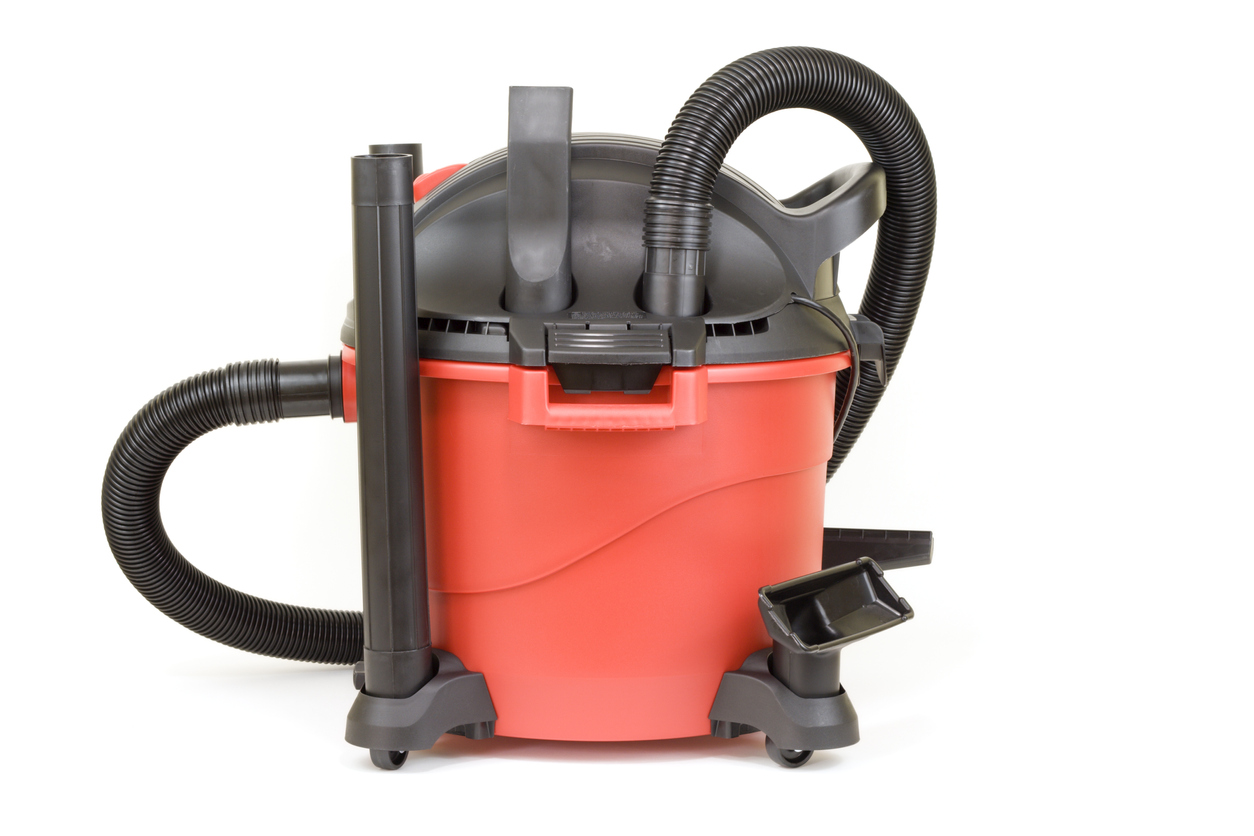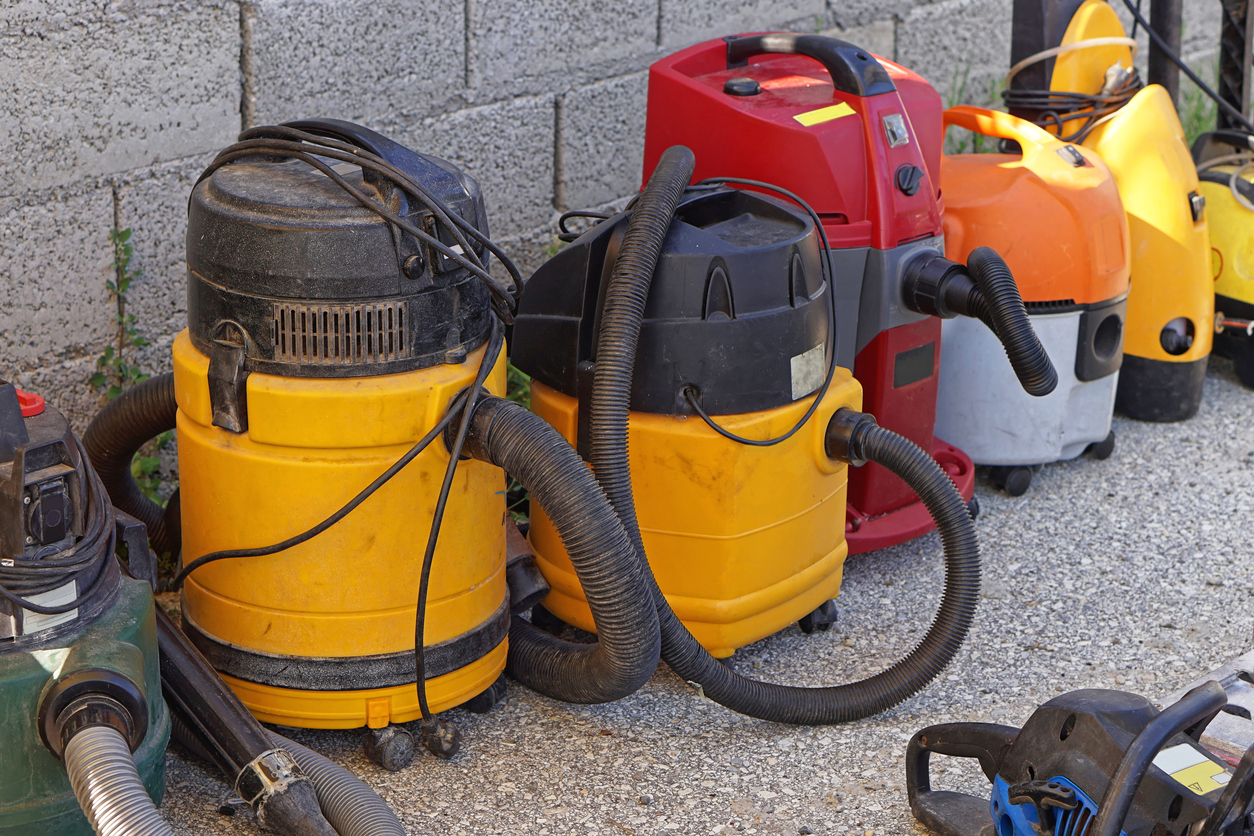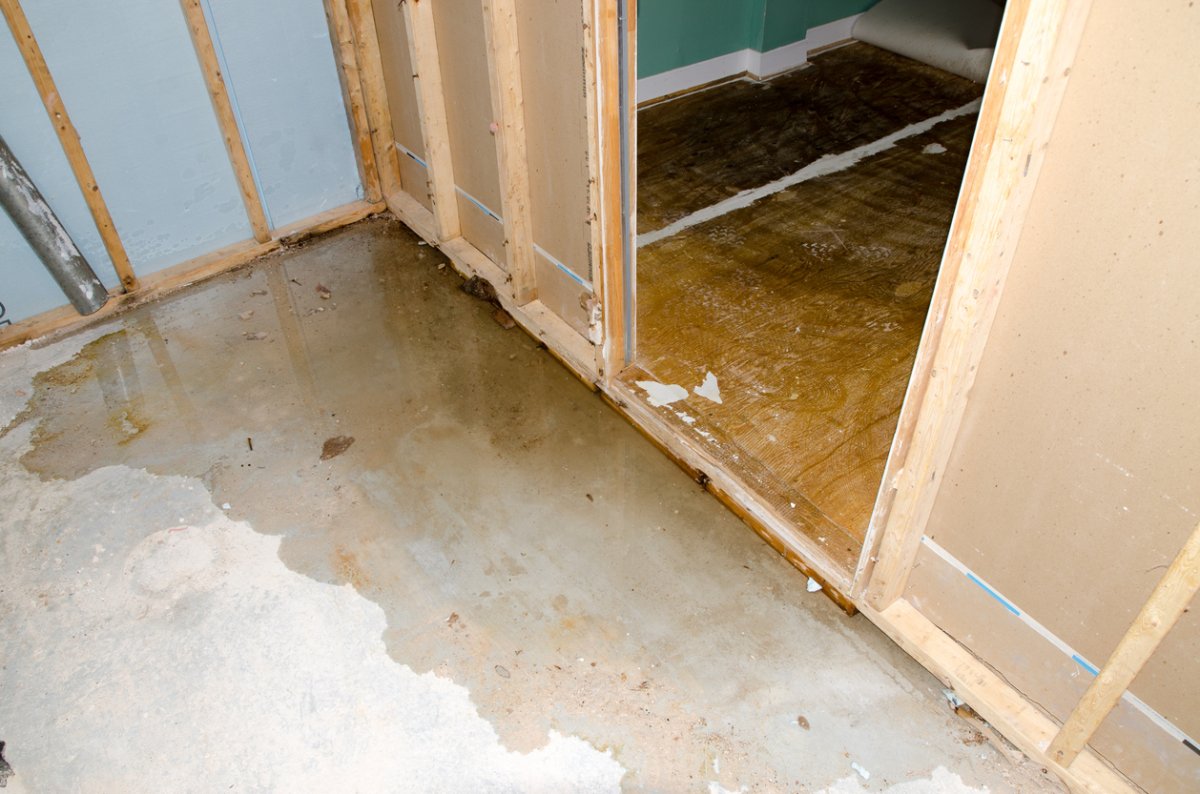We may earn revenue from the products available on this page and participate in affiliate programs. Learn More ›
When a liquid mess occurs, such as a water main break, leak, or flood, there may be no more indispensable tool than a shop vac. A shop vac, specifically a wet dry vacuum, can quickly suck the liquid up into a canister for easy disposal. And, with the variety of attachments that most shop vacs come with, they’re suitable for flat surfaces, carpet, or even hard-to-reach crevices or vehicle floors. The trick is knowing how to use a shop vac for water properly.
Tools & Materials
Bobvila.com may earn a commission from purchases made through these links.
BEFORE YOU BEGIN
Two things to know about how to use a wet vac: Water and electricity don’t mix. Although modern shop vacs are typically double-insulated, it’s never a bad idea to plug yours into a GFCI outlet for extra assurance. Also, if your shop vac isn’t a wet dry shop vac, you might be able to rent a shop vac built specifically for the job.
However, it’s never a bad idea to have a shop vac of your own, as they can handle a ton of other jobs like sawdust collection, carpet cleaning, and gutter cleaning.
STEP 1: Remove the bag and filter from the vacuum.

If your model has a bag, you need to remove it before using your shop vac for water. If you don’t, it will fill up with liquid and rip, making a nasty mess in the canister. These bags are typically very easy to remove and reinstall, so don’t throw yours out if it isn’t full.
The same applies to the air filter: remove it. If the air filter is installed when sucking up water, it will clog quickly and reduce airflow. The motor will then work harder than it needs to, which could shorten the lifespan of your shop vac.
RELATED: Everything You Need to Know About Flooded Basement Cleanup
STEP 2: Install the correct attachment.
Your shop vac most likely came with a myriad of attachments. For flat floors, look for the wide, T-shaped attachment. This attachment does the best job of removing water from floors of all types. Some of these floor attachments even have rubber squeegees that the user can insert to increase their effectiveness.
Consider using the crevice tool for vehicle floors, tight spaces, depressions, or other spaces where the floor attachment won’t fit. You can also shop for a handheld wet vac meant specifically for those scenarios.
STEP 3: Allow the shop vac to do most of the work.

Pushing the vacuum attachment back and forth across the floor rapidly will spread puddles and make them harder to clean up. Instead, hold the nozzle in place until it sucks up most of the water in the area. Then, move to a new area and repeat.
For carpets and areas that require the crevice tool, adopt the same approach but on a smaller scale. Work in small areas, and give the vacuum a few seconds at each location before moving it to a new space.
RELATED: My Basement Flooded…What I Wish We’d Have Known to Better Prepare, and What We Learned
STEP 4: Empty the canister.
Your shop vac has a built-in safety device that stops the vacuum from filling once it’s full. There is a ball or puck in the filter attachment that floats, and when the water reaches an unsafe height, this device blocks the suction. To keep vacuuming, you’ll have to empty the canister.
First, wheel the canister outside. Once outside, remove the motor assembly and look at the canister full of water. If there are any large chunks of items or debris, remove them before draining. Next, wheel the canister wherever you can safely drain the water. A street drain might be your best option. Once you’re ready, remove the cap at the bottom of the shop vac to begin draining. Replace the cap once the canister is empty and head back to suck up more water.
STEP 5: Clean the shop vac when you’re done.

When you finish the job, you need to clean and dry the shop vac to prevent mold and mildew. Start by removing the hose and rinsing it with a garden hose. Then, use the hose to clean the dirt and grime out of the shop vac. Then clean the inside of the canister and the vacuum assembly with an all-purpose cleaner such as this highly rated option available at Amazon. Rinse everything once more before allowing it all to dry. For best results, turn the canister upside down while it dries.
Once everything is clean and dry, reattach the filter and vacuum bag, if desired.


